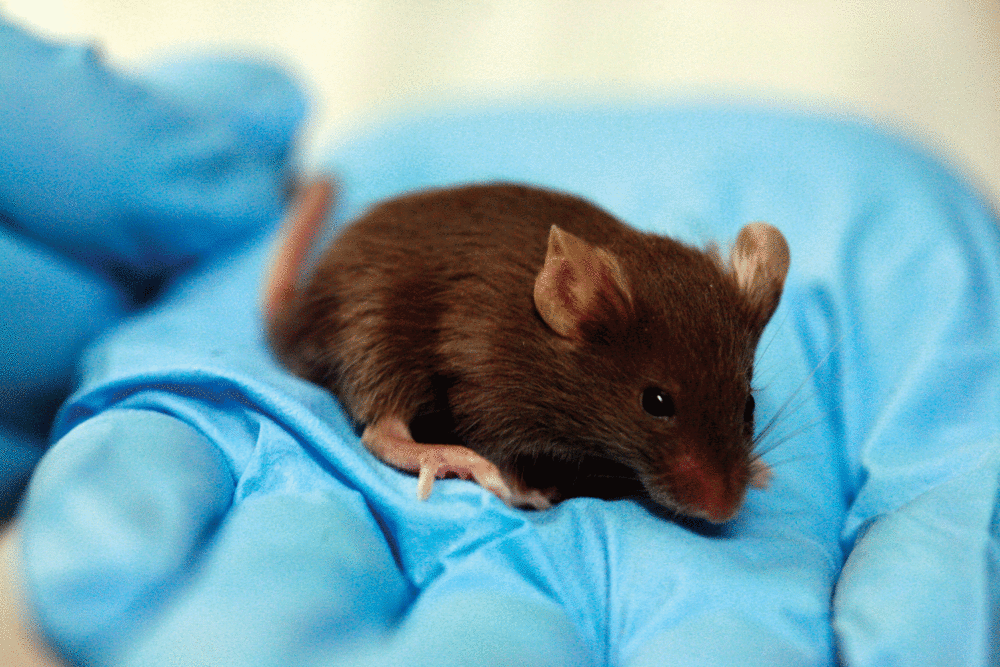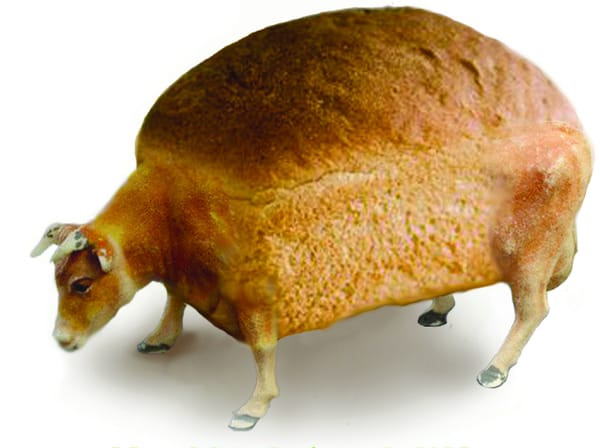Remote-controlled insulin production
A new use for therapeutic nanoparticles in diabetes treatment

Researchers in New York have engineered a way to non-invasively trigger gene activation in live animals using nanoparticles and radio waves, a method that may, in the future, be used to remotely control genes in humans for medical purposes.
Current methods of activating cells are unwieldy at best: direct stimulation using electrodes is invasive, potentially damaging and non-specific, whilst control of individual light-activated channels using different wavelengths of precisely-timed light pulses requires internally implanted light pipes. But, by abusing the properties of iron oxide nanoparticles (FeNPs) and temperature-sensitive ion channels, the researchers found a way to finely control certain genes non-invasively.
Jeffery Friedman and colleagues of The Rockefeller University targeted FeNPs to a modified, temperature-sensitive cation channel, TRPV1 (otherwise known as the capsaicin receptor) by coating the nanoparticles with antibodies specific to a modified tag on the channel. Exposure to low- and mid-range radio wave frequencies heated up the targeted nanoparticles but not the surrounding tissue, thereby activating the channel upon reaching its activation temperature. The resulting calcium ion influx activated a specially modified gene that controlled expression of insulin. This lead to a corresponding drop in blood glucose levels after 30 minutes.
The team also experimented with nanoparticles that could be made intracellularly using modified ferritin, a naturally occurring iron-storage protein. They saw that insulin secretion still occurred, albeit more weakly.
Radio wave gene activation has the advantage of being both non-damaging to tissue and non-invasive whilst heating surrounding cells to a minimal degree. Currently however the technique can only be used in basic animal research, as the delivery of nanoparticles into a living organism requires the deliberate growth of tumours, making it inappropriate for use in human clinical research.
Friedman hopes though that as research progresses use of nanoparticles in a therapeutic setting will be able to treat diseases involving protein deficiencies, such as hexosaminidase A replacement in Tay-Sachs disease.








